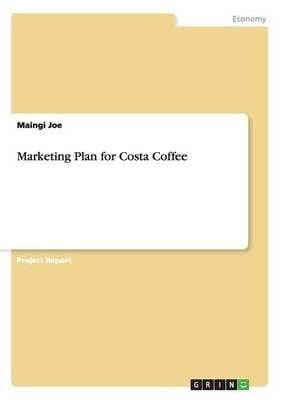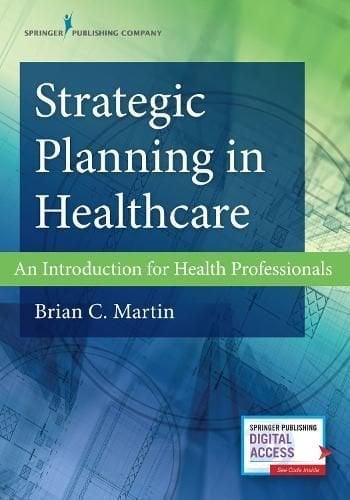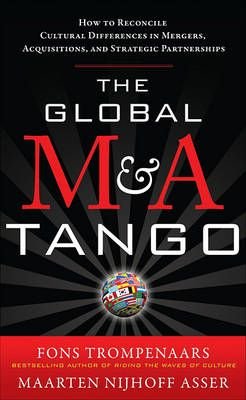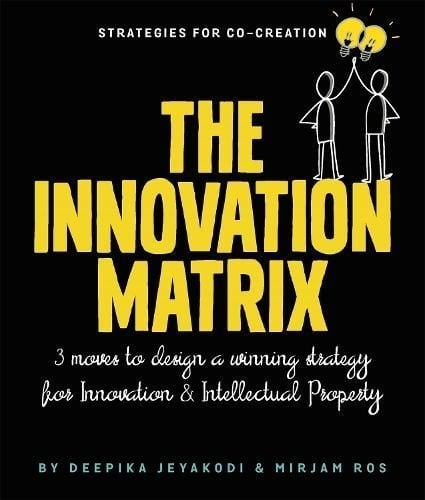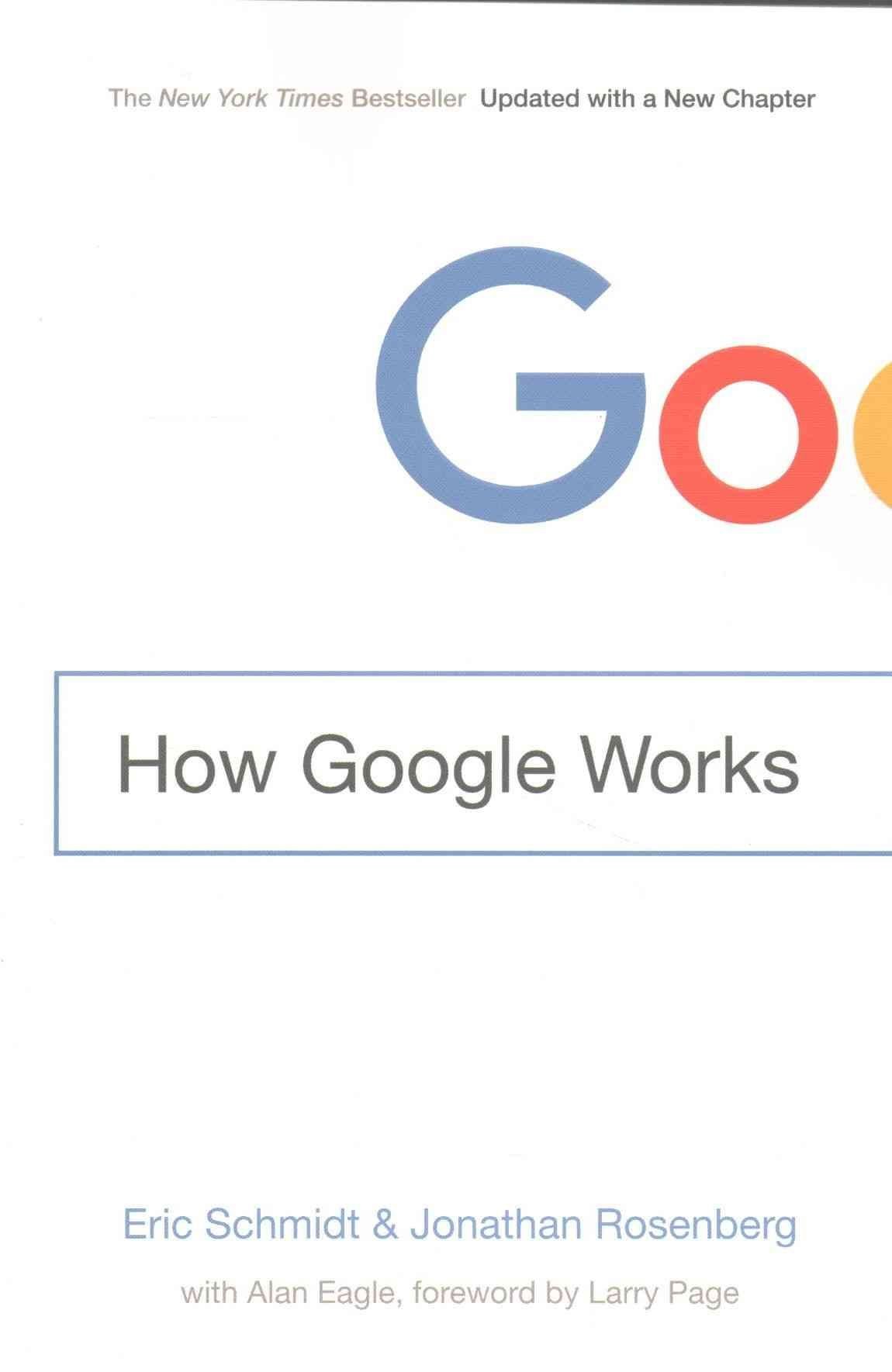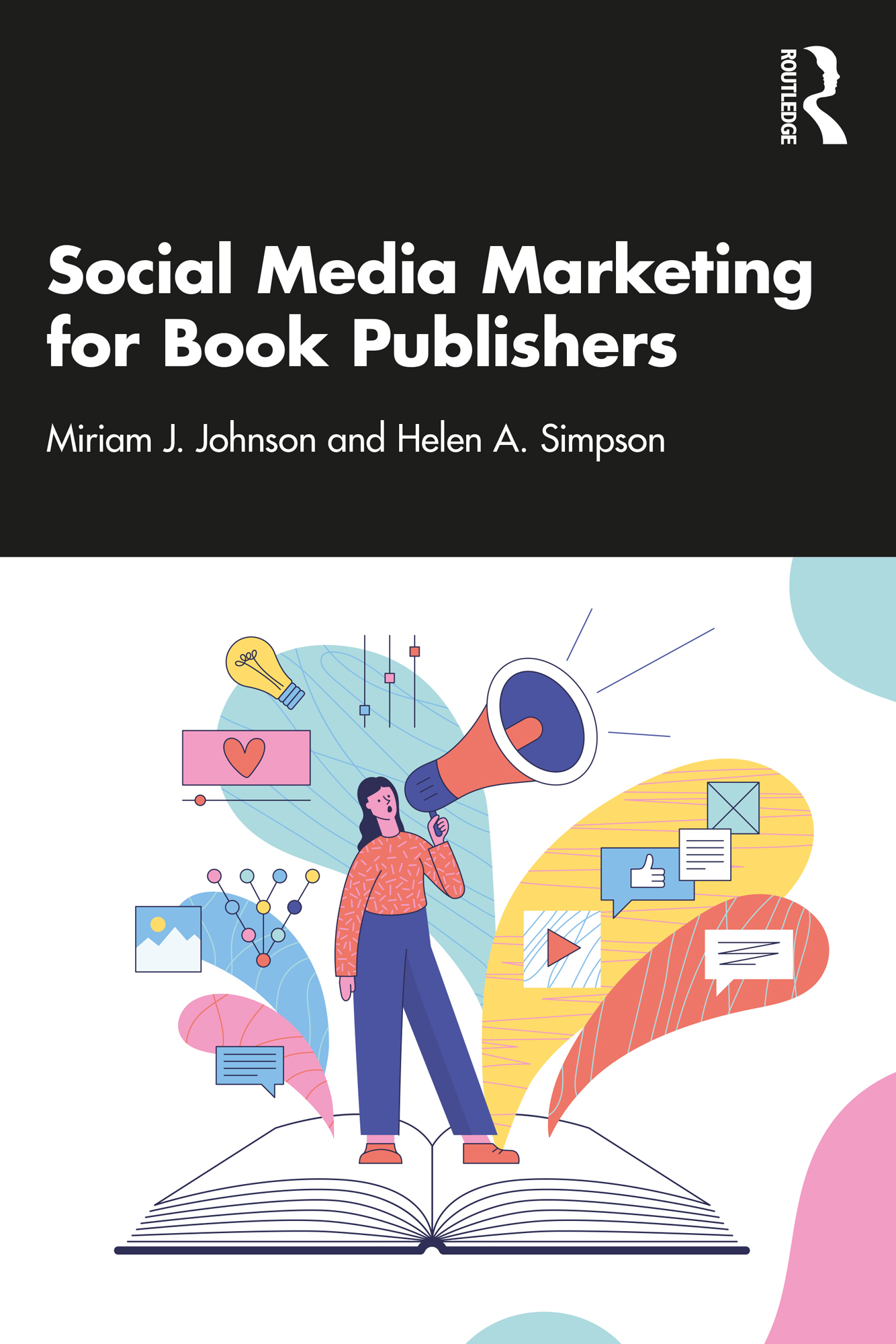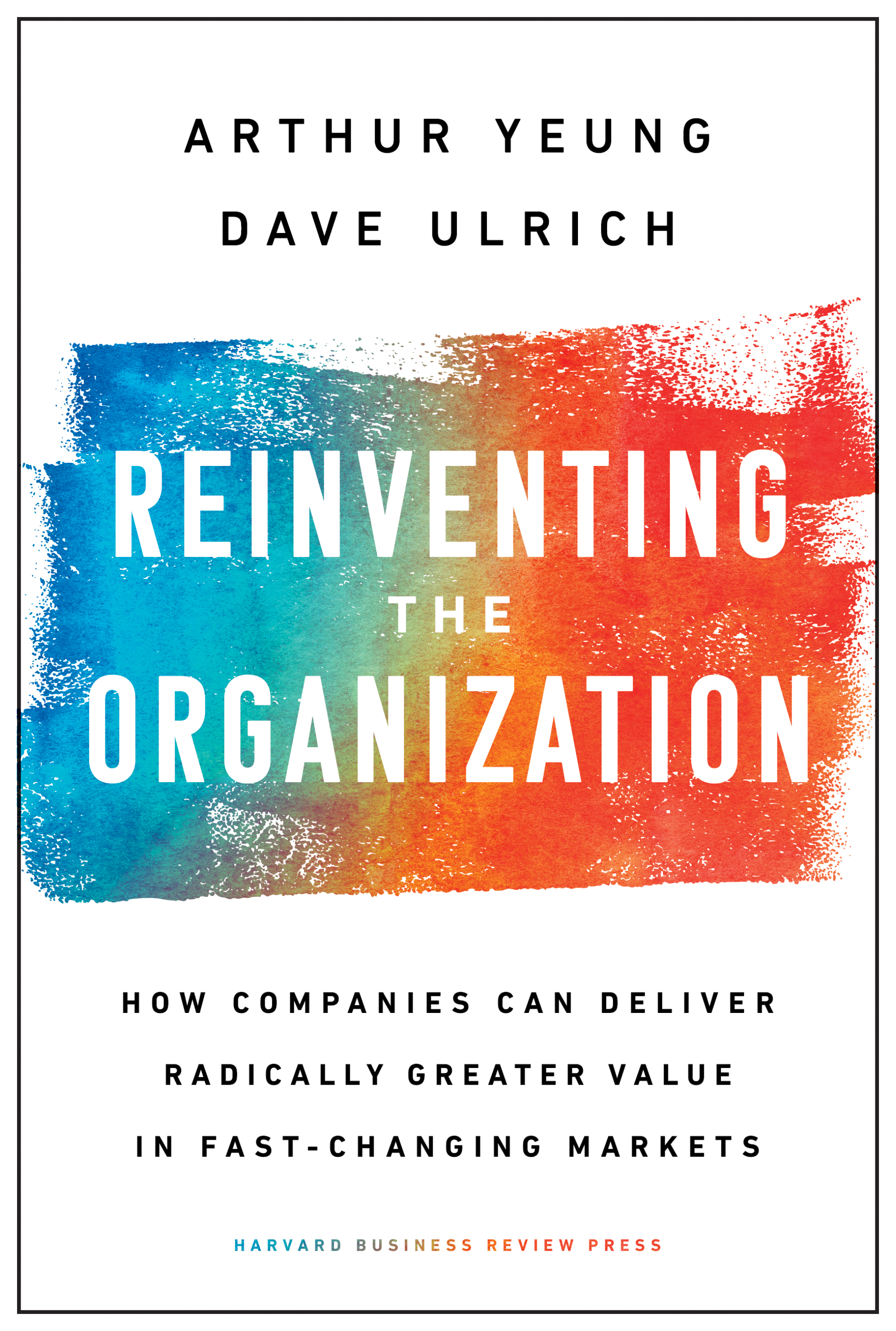This book addresses basic issues in language education and explores how reading, with a focus on meaning, contributes to the development of all aspects of language including vocabulary, spelling, grammar, and syntax. It departs from traditional methods and practices in language learning to investigate the potency of reading in improving language acquisition. The traditional practice in language classes to teach language skills explicitly through acquiring forms and structures of language is often less than successful, and teachers are gradually incorporating reading materials and practices into the curriculum. This book provides important inputs to language teachers and educators on the need to include reading as an idea and as a practice into the curriculum. Among other things, it explores the benefits of incidental learning of language properties such as vocabulary, syntax and grammar and gives adequate exposure to different types of reading strategies to promote reading among learners. It also exploits the possible transfer of L1 reading strategies and capabilities to L2 reading for language acquisition. In so doing, this book hopes to promote autonomous learning among L2 learners and guide readers in alternative strategies to solve comprehension problems.


